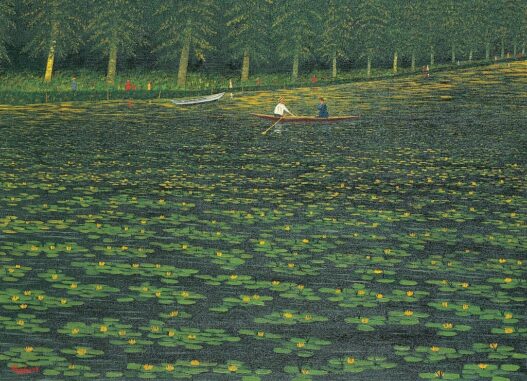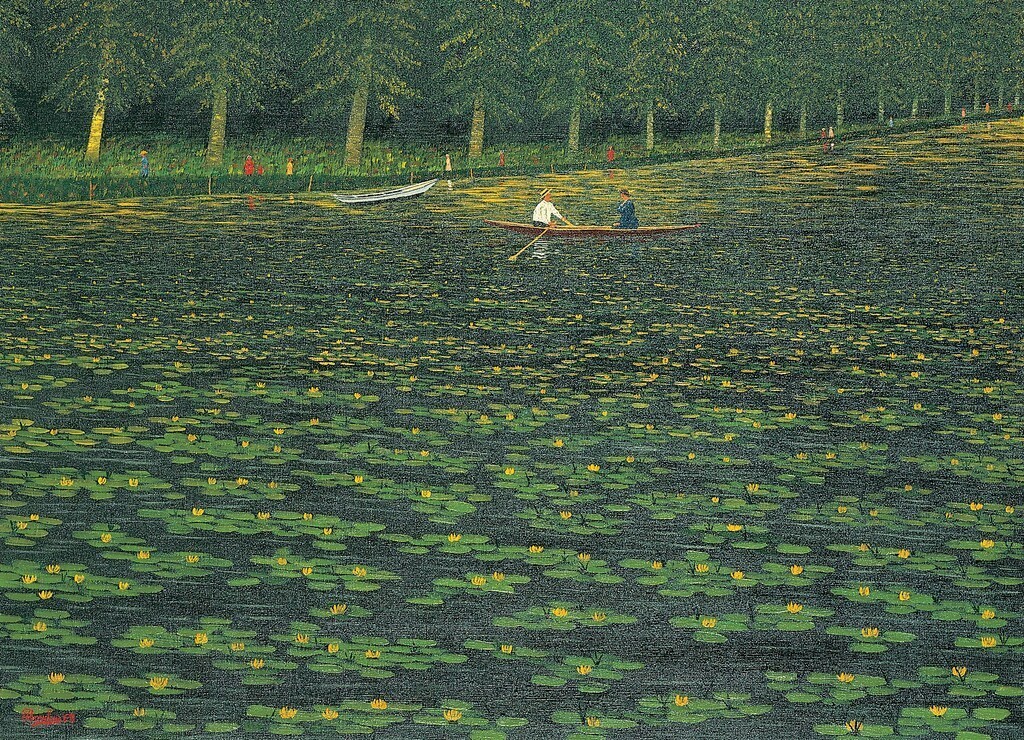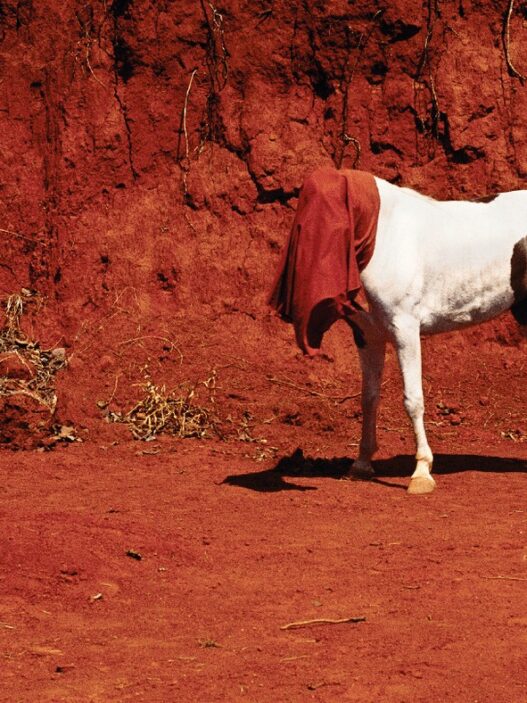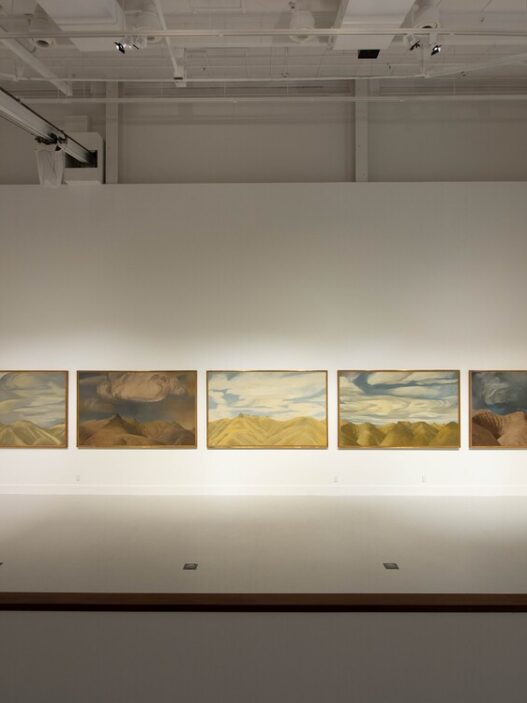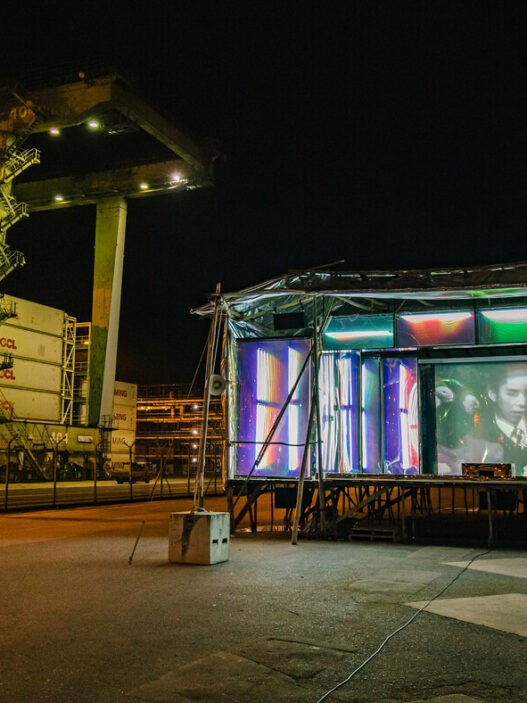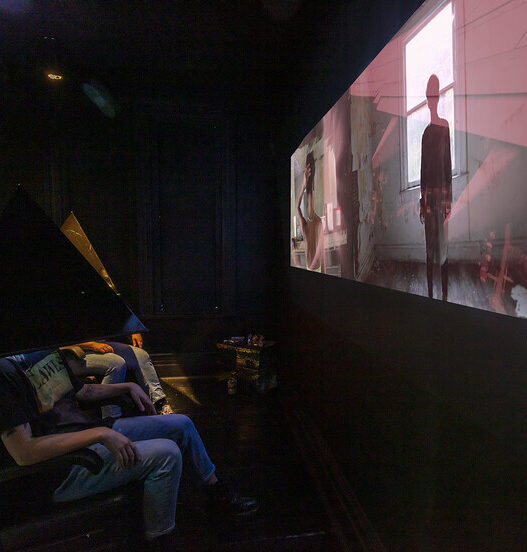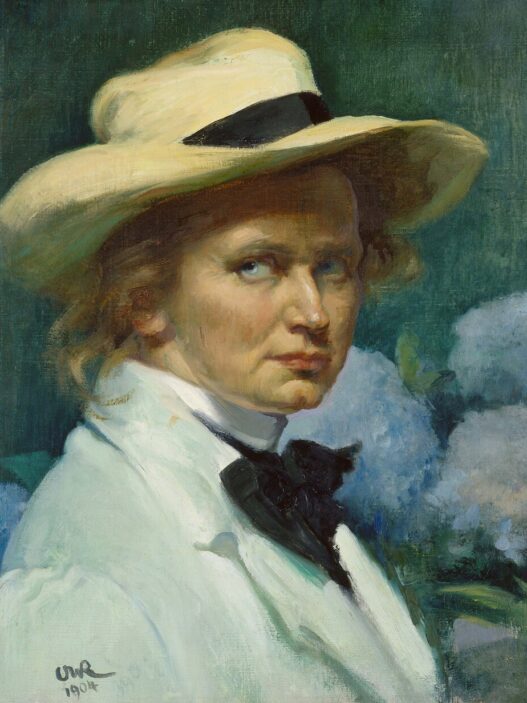July 16–November 20, 2022
They were actually gardeners, carnival wrestlers, or customs agents. Henri Rousseau (1844-1910), Camille Bombois (1883-1970), André Bauchant (1873-1958), Louis Vivin (1861-1939), and especially Séraphine Louis (1864-1942) are all considered members of the school of the “Painters of the Sacred Heart.” As autodidact painters, they created a world of images whose sensual immediacy continues to enchant viewers today and secured a place in art history for works by artists who had not received academic training. Their stories, which frequently feature the natural world, particularly trees and fruit, attest to a close relationship with the natural world and a profound sensitivity to objects in their immediate surroundings—qualities they seemed to employ to escape the icy grip of impending modernity. They made no effort to downplay the stark character of reality in their photographs of individuals or the individuals they portrayed.
Wilhelm Uhde (1874–1947), a significant German art historian, dealer, writer, and gallery owner who was among the first to exhibit the rising stars of the 20th century, such as Pablo Picasso and George Braque, discovered these French pioneers of an authentic art movement, formerly referred to as “naive art” or “outsider art.” The “Painters of the Sacred Heart,” a group of artists who worked independently of one another and were strangers to one another, looked to him as their most important tutor. Paris, the city that would become the center of his life and the source of his enduring passion for art and the artists of his era, was where Uhde arranged their first joint exhibition in 1928.
Uhde had detected his fascination with art that was unconstrained by formal training and canonistic conventions from an early age. He declared art to be something that immediately affected people’s feelings and believed that art and the artwork were inextricably linked to the creator’s personality. His housekeeper Séraphine Louis’s large-scale paintings, with their beautifully colored flowers, strange flora, and ripe fruit, particularly captured his attention.
The show chronicles the artistic careers of these five unique French artists while also paying tribute to Wilhelm Uhde, who first discovered them and has been a devoted supporter of their work. It is based on a selection of paintings from Charlotte Zander’s (1930-2014) collection, who put together one of the largest and most significant collections of its sort in the world, with the exception of two Henri Rousseau images from the Fondation Beyeler and the Sammlung Scharf-Gerstenberg. Thus, an exhibition of these artists’ work is being presented for the first time in such a large scale. It intentionally links in with the museum’s longstanding practice of highlighting and reviving French art. Udo Kittelmann, the museum’s artistic director, is in charge of curating.
Lichtentaler Allee 8 b
76530 Baden-Baden
Germany
Hours: Tuesday–Sunday 10am–6pm
T +49 7221 398980
office@museum-frieder-burda.de









